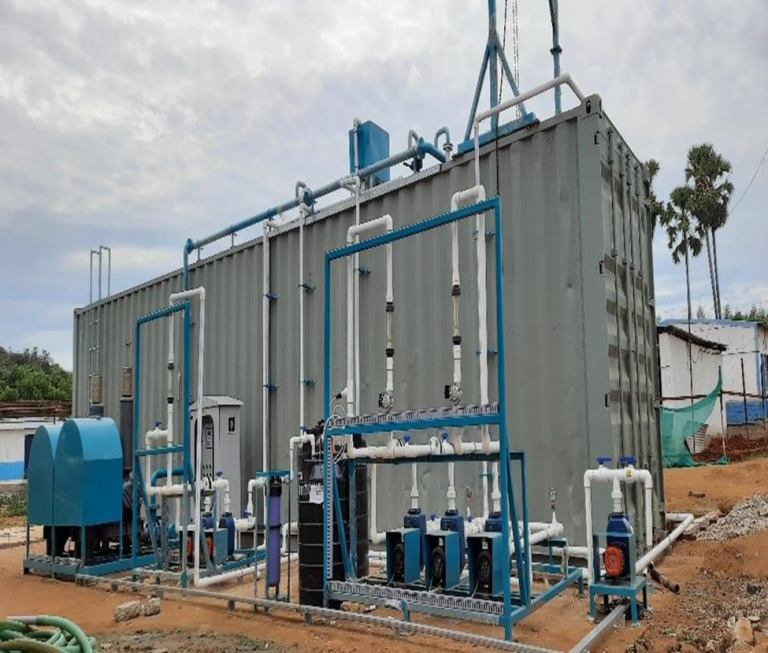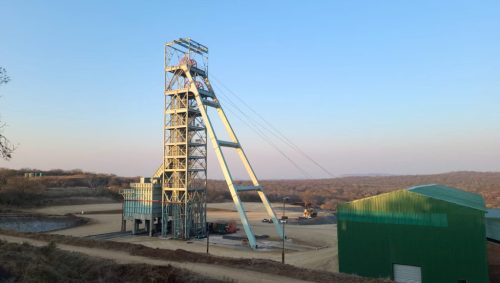Mining operations, particularly those located in remote or temporary sites, face unique challenges in managing wastewater generated from workforce camps, offices, and associated facilities. Providing safe and environmentally compliant sewage treatment is crucial to protect local ecosystems, maintain health standards, and meet regulatory requirements. Waterman Engineers Australia manufactures STP plants, www.watermanaustralia.com
A Containerised Sewage Treatment Plant (STP) is a compact, fully enclosed, and pre-fabricated wastewater treatment system built inside ISO shipping containers. These units are designed for rapid deployment, minimal civil works, and easy relocation, making them ideal for the mining industry.
Why Containerised STPs Suit the Mining Industry
2.1 Mobility and Portability
Mining projects often shift locations or have finite operational timelines. Containerised plants can be transported via truck or trailer to new sites with minimal dismantling.
2.2 Fast Deployment
Since the plant is pre-engineered and factory-assembled, installation time is significantly reduced compared to conventional STPs. Units can be operational within days of delivery.
2.3 Compact Footprint
Space is often limited at mining camps. A containerised STP integrates all treatment equipment within a standard 20-ft or 40-ft container footprint.
2.4 Minimal Civil Works
Only basic foundation pads, influent, and effluent connections are required, reducing on-site construction time and costs.
2.5 Harsh Environment Resilience
Mining locations may have extreme climates. Containerised plants are insulated, weatherproof, and can include HVAC systems for temperature control.
Treatment Process Overview
While the exact treatment configuration depends on site-specific requirements and discharge standards, a typical containerised STP for mining sites may include:
- Pre-treatment
- Screening to remove solids, rags, and debris.
- Grit removal if required.
2. Biological Treatment
- Moving Bed Biofilm Reactor (MBBR), Membrane Bioreactor (MBR), or Sequential Batch Reactor (SBR) technologies for efficient organic matter and nutrient removal.
- Secondary Clarification
- Settling tanks or membrane filtration for solid-liquid separation.
3. Tertiary Treatment & Disinfection
- Sand filtration, activated carbon filters, or UV disinfection to meet potable or reuse-quality water standards.
4.Sludge Handling
- Sludge thickening, dewatering (e.g., filter press), and safe disposal or reuse.
Typical Features for Mining STPs
- Plug-and-play design with pre-installed pumps, blowers, and instrumentation.
- Automated controls with PLC/SCADA for minimal operator intervention.
- Remote monitoring via IoT connectivity for real-time performance tracking and troubleshooting.
- Corrosion-resistant materials (stainless steel, FRP lining, marine-grade coatings) for extended life.
- Noise and odor control systems for workforce comfort.
Benefits to Mining Companies
| Benefit | Description |
| Environmental Compliance | Ensures discharge meets regulatory standards, avoiding penalties. |
| Cost Savings | Reduced civil works and fast deployment lower capital and operational expenses. |
| Workforce Health | Proper sanitation prevents waterborne disease outbreaks. |
| Sustainability | Treated water can be reused for dust suppression, landscaping, or other non-potable purposes. |
| Scalability | Units can be added or removed based on workforce size. |
Applications in the Mining Sector
- Remote exploration camps in early project phases.
- Temporary construction camps for mine development.
- Permanent mine-site operations where modular expansion is needed.
- Post-mining rehabilitation projects requiring ongoing wastewater treatment.
Integration with IoT and AI
Modern containerised STPs can incorporate IoT sensors for real-time monitoring of parameters like pH, turbidity, TSS, BOD, and ammonia. Artificial Intelligence (AI) algorithms can optimise aeration, chemical dosing, and maintenance scheduling, further reducing operational costs and improving treatment consistency.





